|

| |||||||||||||||||||||||||||
|
Giants on the Plains Enid, Oklahoma
John C. McCornack ![[IMAGE]](bluline.gif)
Giants on the
Plains:
The Grain Elevators at Enid,
Oklahoma
Driving west from Interstate 35 on U.S. Highway 64,
the grain elevators of Enid, Oklahoma, first become visible when the town
is still twenty miles away. Disappearing and reappearing behind gently rolling
hills, it's unclear initially what they might be. Even when they are little
more than white specks on the horizon, they're plainly too large and numerous
to represent some distant farmstead. They're too long to suggest the form
of a far off skyscraper. Little by little they grow larger in the windshield
and as the stony hills begin to give way to the wheat-covered plains of western
Oklahoma a few miles east of town, an awe-inspiring spectacle reveals itself.
Nine enormous grain elevators, some taller than anything between Oklahoma
City and Denver and as long as five football fields placed end-to-end, form
a wall of concrete on one side of Enid. There may not be a more imposing
sight in rural America.
Though grain elevators dot the landscape all across
the Great Plains, in no other place are there so many that are so large in
so small an area. There are a dozen grain elevators in all in Enid and together
they can hold more than seventy million bushels of grain, nearly half the
volume of wheat Oklahoma produces in a typical year. This tremendous
concentration of storage helped make Enid the wheat capital of the Southwest
by the 1950s and a grain center of international importance as home to the
largest wheat exporting organization in the world. At one time, Enid boasted
the second largest grain storage capacity of any city in the nation. It is
also home to what was once the largest grain elevator in existence and a
unique grain bin design, significant not only for its efficiency but because
of its distinctive look, was first developed there. Towering over the town
and visible from such a great distance, the grain elevators of Enid came
to represent the city and at times Oklahoma throughout the nation.
The story of Enid's development as a grain storage
and marketing center can tell us much about the role of wheat in the making
of the present landscape of the Great Plains. The events that marked the
city's emergence as a wheat processing location and the factors that have
shaped its evolution as a grain center reflect trends that have been felt
throughout the region. Enid first emerged as a terminal grain destination
following World War I, when wheat replaced cotton as the most important crop
on the southern Plains. The city's expansion as a wheat market paralleled
the development of the cooperative agricultural movement and its greatest
growth came as a result of government price support programs. Today, most
of the city's large elevators sit empty, like elevators from Saskatchewan
to Texas, the result of changing government farm policy and railroad
deregulation. This study traces the rise of Enid as a grain center, considers
the symbolic importance of its large grain facilities, and examines the
circumstances that led to city's decline as an agricultural hub.
A ghost of the past
When I think of the word
Giant
M. I. Lusby
Giants of the past
Church Bulletins
Remember in prayer the many who are sick of our
community.
Enid, Oklahoma
Asking locals how the bustling town of Enid got its
name will leave you scratching your head. "It seemed to me it was named after
somebody... but I can't remember who," is a familiar response.
The oldest legend comes from pioneer days when cowboys
made this place a rest-stop on the old Chisholm Trail. One of the first things
to pop up was a restaurant. A simple stake with a board nailed saying "DINE"
nailed to it served as the sign. Legend has it that a big storm came through
and a big wind blew the little sign around and instead of saying "DINE" it
said "ENID." And the name stuck. One local resident told us he'd heard the
story for 40 years and liked it so much that, at every chance, he perpetuated
it.
Another story tells of a railroad executive who named
the town after his daughter. Actually, the most plausible story about how
Enid got its name came from the Enid Library. On one rack is the classic
work of Alfred, Lord Tennyson, "Idylls of the King." Inside the book, you'll
not only find a picture of Tennyson but also a character named Enid. She
was loved by a man named Geraint. A passage reads, "There Geraint came and
went neither to the tournament, nor to hunt, nor did he attend to the needs
of his people, but remained always with his wife Enid, so great was his love
for her."
Will anyone every find another use for these Giants?
Giant Grain Elevators
Enormous in structure
An accomplishment in Enid
Filled grain to the brim
Only dots in the distance
And what, we might ask
If you get the chance folks
Marilyn Lott ©
2005
Memories of the good life in Peoria
Thanks for spending a little time in my world! John McCornack
Sign My Guestbook
Email me on:
Thanks for the history on these giants. I did not
know exactly why there were so many of them there as my parents moved there
from Hydro when they retired. When I was there in April though my niece and
I drove out past the ones there and they are huge and I knew there were a
lot of them. Thanks for sharing.,
That is absolutely fascinating -- but sad -- the family
businesses -- the grain elevators and and feed mills are becoming a thing
of the past -- our premix business was the only family owned and run business
in the U.S. and was in competition with other companies with big pockets
and parent companies. Change is inevitable, but I'm afraid that sometimes
I have to be dragged kicking and screaming into the future when it means
losing the individual touch with people to computer bids and
quotes.
John, how interesting to learn.. about the grain
storage plants... are they empty now? If a national crisis occurred to you
think they would be put to use?.. The government has wasted a lot of money
over the decades... and continue to do so...when you think of the families
that money would house, feed, or affordable housing for the poor and low
income...it amazes me...during the fifties... we were in a recession for
a while.. after the end of the war...where did the money come from for such
an expensive project... do you think they thought that at some point.. the
United States might have to feed the world... we do a pretty good job of
that now..the embossed image does look ghostly... a big imprint of something
from the past...these will be like dinosaurs to the coming generations...
some will wonder what they are and why they were built.. just like the giant
carvings at Stonehenge.. or Easter Island... these still remain a mystery
to the world.
Someone is watching you!
| |||||||||||||||||||||||||||
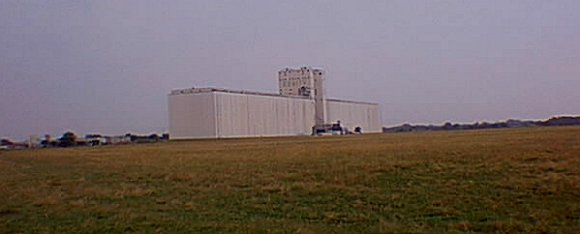
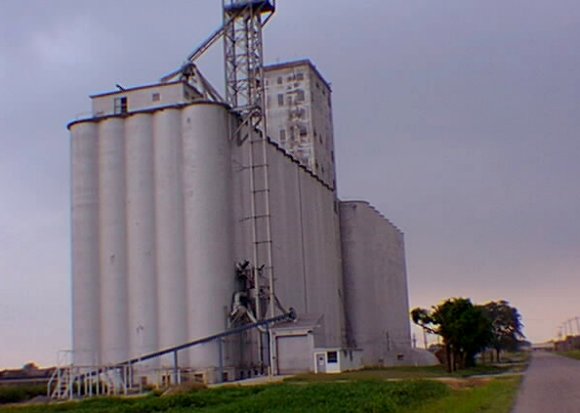
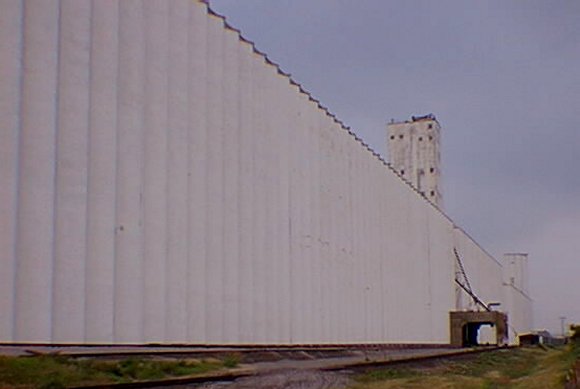
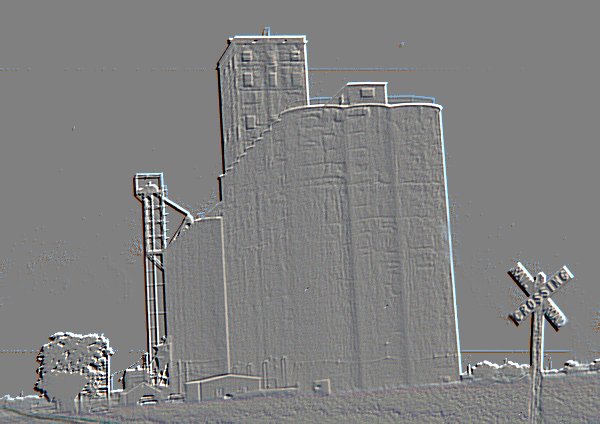

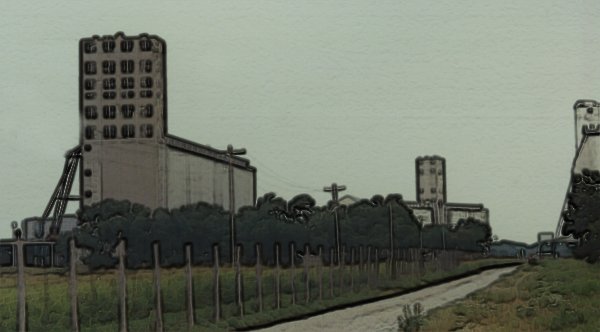


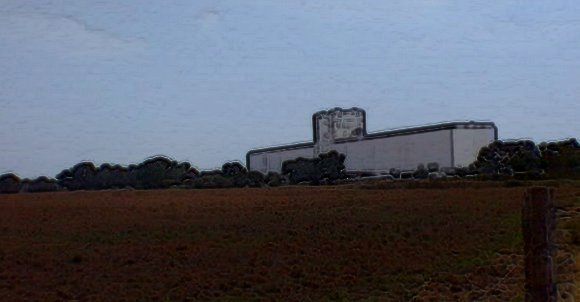
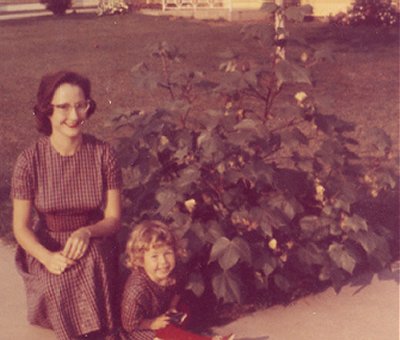

 They Are Huge
They Are Huge



